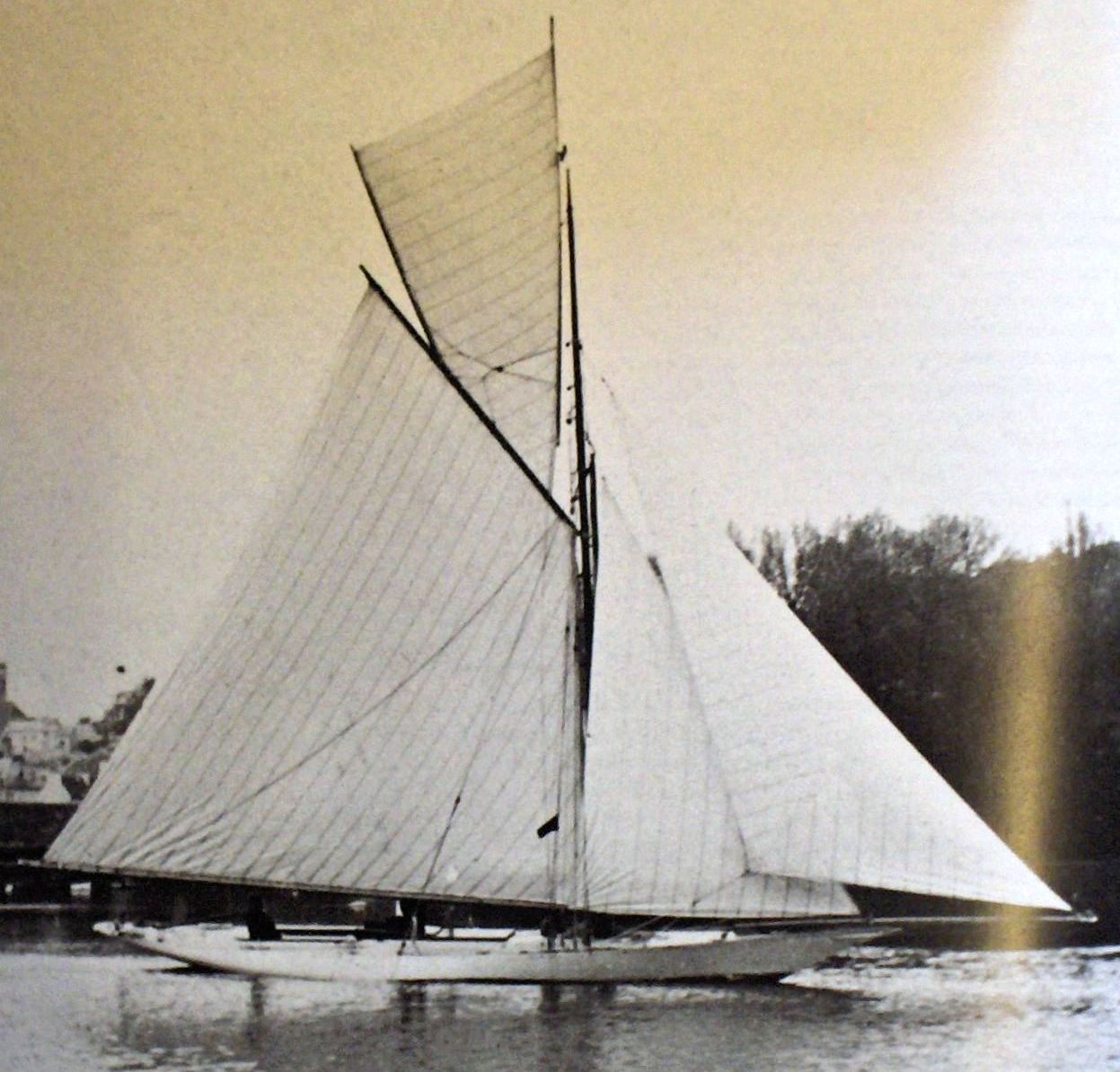7 Metre on:
[Wikipedia]
[Google]
[Amazon]
The International Seven Metre Class is a ''construction class'', meaning that the boats are not identical but are all designed to meet specific measurement formula, in this case International Rule. At their heyday, Metre Classes were the most important group of international yacht racing classes, and they are still actively raced around the world. "Seven" in class name does not, somewhat confusingly, refer to length of the boat, but product of the formula; 7mR boats are, on average, 13 meters long.
 Used from 1907–31.12.1917
:
where
* = waterline length (LWL)
* = beam
* = chain girth
* = difference between girth and chain
* = sail area
* = freeboard
Used from 1907–31.12.1917
:
where
* = waterline length (LWL)
* = beam
* = chain girth
* = difference between girth and chain
* = sail area
* = freeboard
History
The 7mR was used as an Olympic Class during the1908
Events
January
* January 1 – The British ''Nimrod'' Expedition led by Ernest Shackleton sets sail from New Zealand on the ''Nimrod'' for Antarctica.
* January 3 – A total solar eclipse is visible in the Pacific Ocean, and is the 46 ...
and 1920 Olympics
The 1920 Summer Olympics (french: Jeux olympiques d'été de 1920; nl, Olympische Zomerspelen van 1920; german: Olympische Sommerspiele 1920), officially known as the Games of the VII Olympiad (french: Jeux de la VIIe olympiade; nl, Spelen van ...
.
The International Rule was set up in 1907 to replace earlier, simpler handicap system which were often local or at best, national, and often also fairly simple, producing extreme boats which were fast but lightly constructed and impractical. The rule changes several times in history. About 200 boats were ever built.
Rule development
1907 Rule
 Used from 1907–31.12.1917
:
where
* = waterline length (LWL)
* = beam
* = chain girth
* = difference between girth and chain
* = sail area
* = freeboard
Used from 1907–31.12.1917
:
where
* = waterline length (LWL)
* = beam
* = chain girth
* = difference between girth and chain
* = sail area
* = freeboard
1919 Rule
Used from 1920–1933. : where * = waterline length (LWL) * = chain girth * = difference between girth and chain * = sail area * = freeboardOlympic results
References
* {{Olympic class sailboats Keelboats Olympic sailing classes Development sailing classes